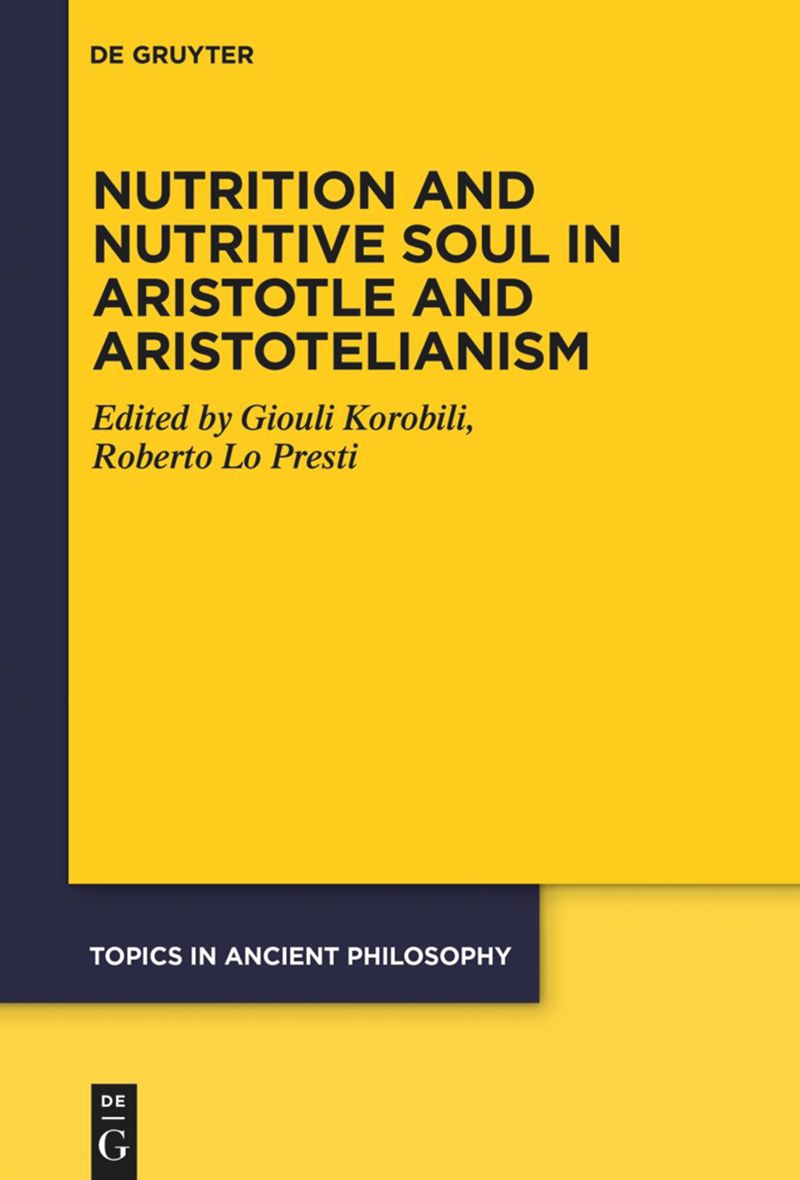
The author sets out to show that the position on the problem of nutrition defended by Antonio Ponce de Santacruz (1561-1632), physician to the King of Spain, in his commentary on the Aphorisms attributed to Hippocrates, can be described as ‘emergentist’, in the ontological sense of the term, i.e. in the sense that it is thought that at certain levels of complexity properties or capacities may appear in a compound that cannot be reduced to the properties or capacities of its constituents. Antonio Ponce de Santacruz hypothesises that the new properties that emerge from nutrition can be conceived by analogy with those that appear in mixtures. He thus combines two forms of causal explanation, both material and formal, and suggests the emergence of a new formal causality that modifies the material basis from which it originates.
A. M.
L’auteur entreprend de montrer que les positions sur le problème de la nutrition défendues par Antonio Ponce de Santacruz (1561–1632), médecin auprès du roi d’Espagne, dans son commentaire aux Aphorismes attribués à Hippocrate, peuvent être décrites
comme « émergentistes », au sens ontologique du terme, c’est-à-dire au sens où l’on pense qu’à certains niveaux de complexité peuvent apparaître dans un composé des propriétés ou des capacités qui ne peuvent être ramenées aux propriétés ou aux capacités de ses constituants. Antonio Ponce de Santacruz fait en effet l’hypothèse que les propriétés nouvelles qui émergent de la nutrition peuvent être conçues par analogie avec celles qui apparaissent dans les mélanges. Il combine ainsi deux formes d’explication causale, à la fois matérielle et formelle, et conçoit l’émergence d’une nouvelle causalité formelle qui modifie la base matérielle dont elle provient.
A. M.